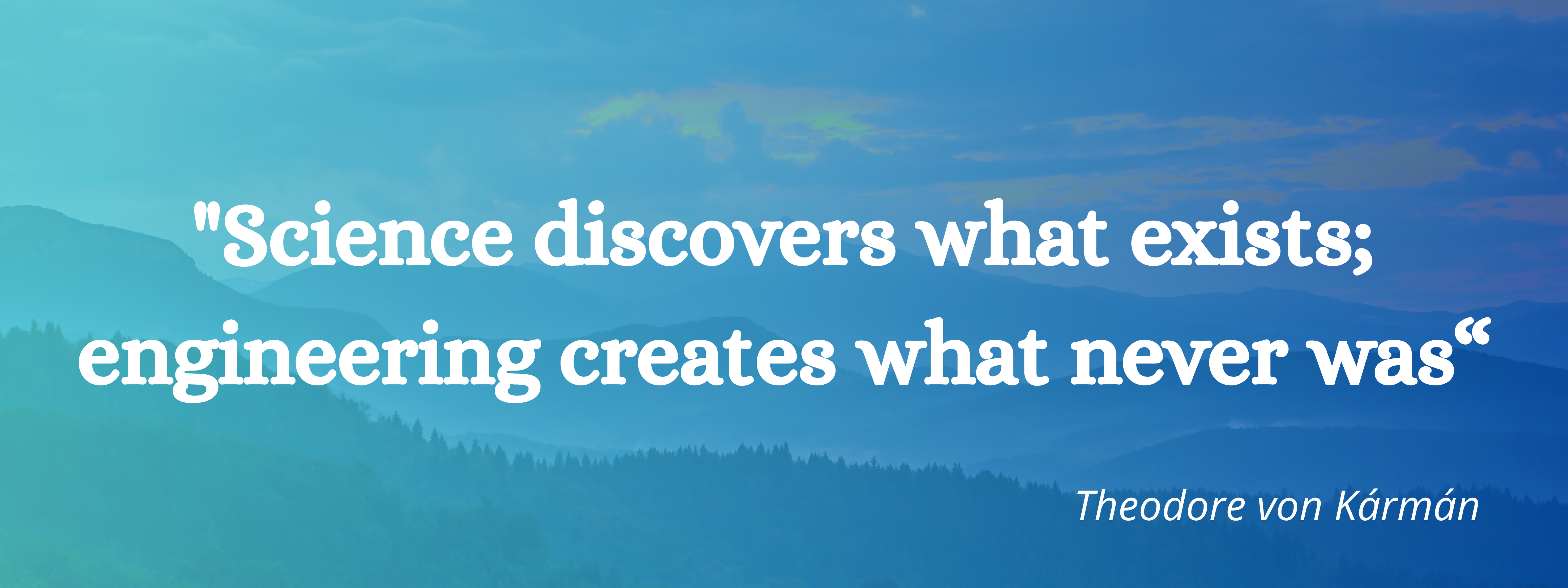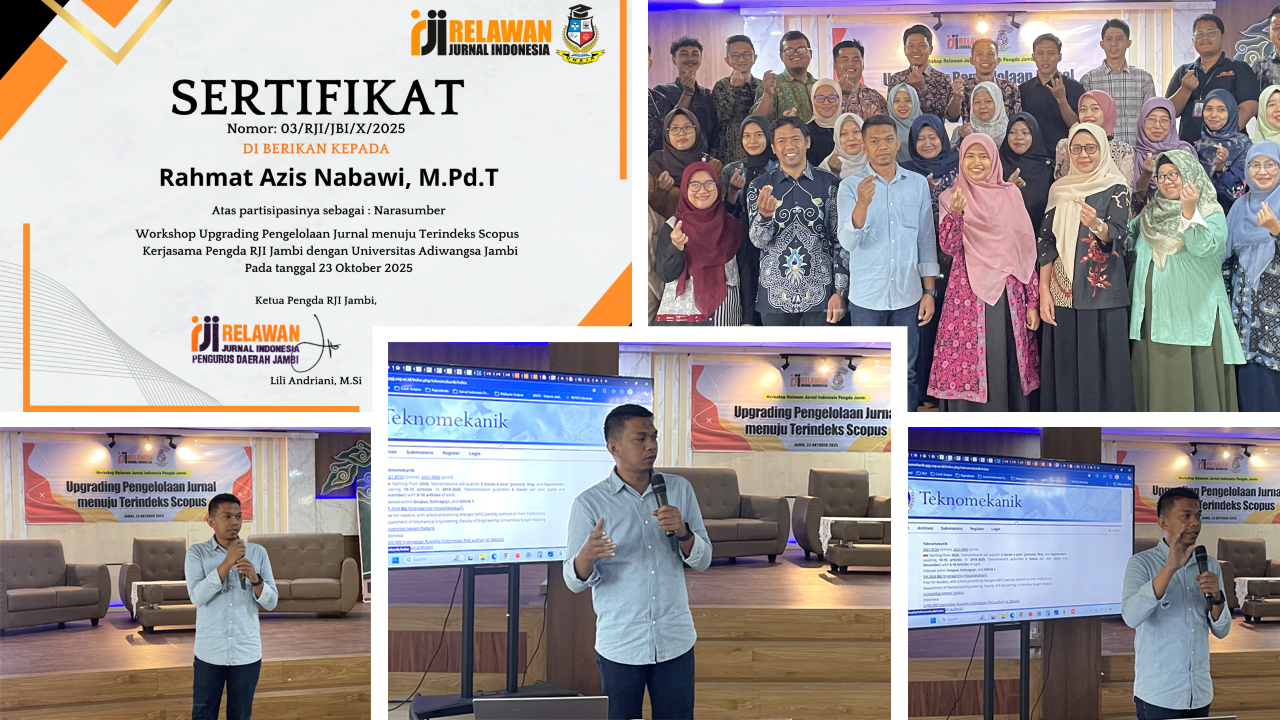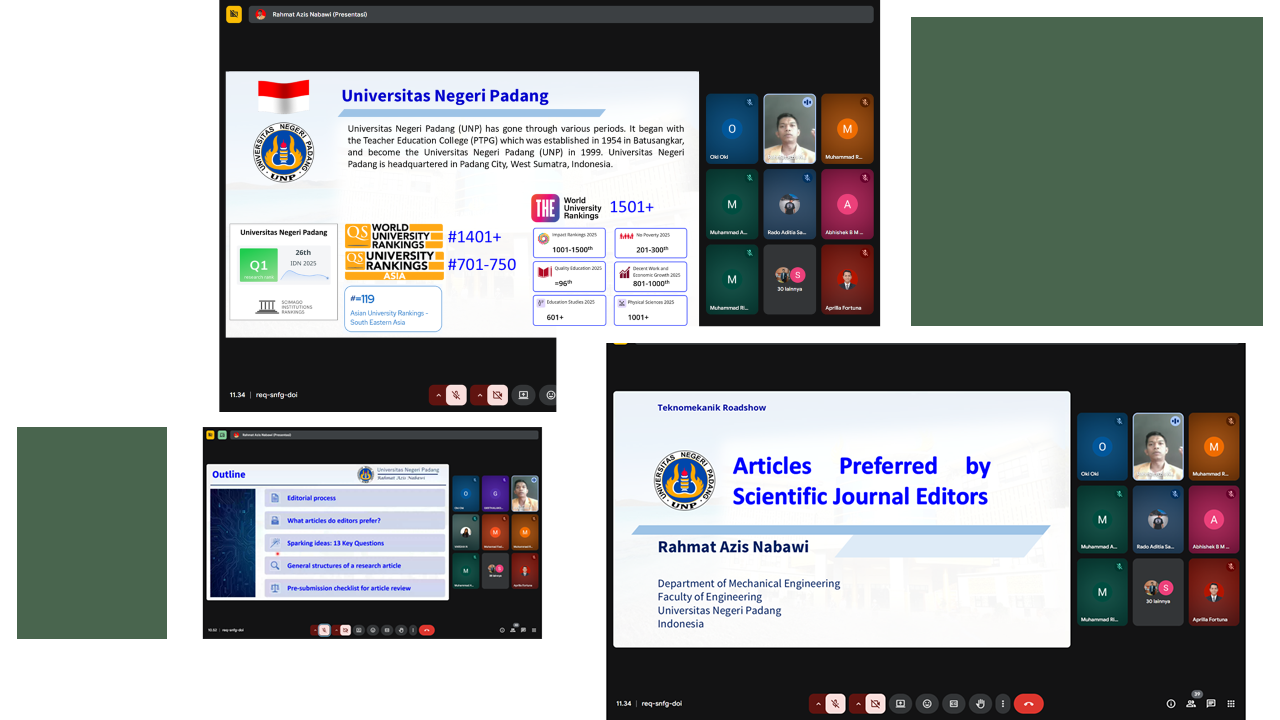Material selection for raw gas pipeline at SBR#2 gas field
DOI:
https://doi.org/10.24036/teknomekanik.v5i2.13372Keywords:
Pipeline, Material selection, CO2 Corrosion, Value EngineeringAbstract
In engineering design, material selection is the process of choosing the best material for a specific process via a systematic material selection approach. This article described the material selection process for SBR#2 pipeline, which will be installed to flow raw gas from SBR#2 field to the nearest tie-in point. The material selection process starts with design requirement analysis to generate primary function and objectives, including its constraints, determine primary criteria to be evaluated, screen materials candidates based on criteria evaluation, and select the most suitable materials based on very specific requirements. The criteria were evaluated by performing value engineering with the performance criteria matrix tool. Materials selection, in this case, was determined by two main criteria: corrosion resistance and construction ability. Corrosion resistance was evaluated semi-quantitatively by applying NORSOK M-506 2005 spreadsheet, and construction ability were evaluated qualitatively based on field experience. Solid Corrosion Resistance Alloy (CRA)-Stainless Steel 316L pipe is the most suitable for this case.
Downloads
References
C. I. Ossai, B. Boswell, and I. J. Davies, “Pipeline failures in corrosive environments – A conceptual analysis of trends and effects,” Eng Fail Anal, vol. 53, pp. 36–58, Jul. 2015, https://doi.org/10.1016/j.engfailanal.2015.03.004
R. Narayanaswamy, “The Process of Materials Selection for Pipeline Systems Optimization for Life Cycles,” in ASME 2017 India Oil and Gas Pipeline Conference, Apr. 2017. https://doi.org/10.1115/IOGPC2017-2404
M. B. Kermani and A. Morshed, “Carbon Dioxide Corrosion in Oil and Gas Production—A Compendium,” CORROSION, vol. 59, no. 8, pp. 659–683, Aug. 2003. https://doi.org/10.5006/1.3277596
National Association of Corrosion Engineers Standard Practice 2018, Control of Internal Corrosion in Steel Pipelines and Piping Systems, NACE SP0106-2018, Houston Tx: NACE International.
A. Ravikumar, P. Rostron, N. Vahdati, and O. Shiryayev, “Parametric study of the corrosion of API-5L-X65 QT steel using potentiostat based measurements in a flow loop,” Applied Sciences (Switzerland), vol. 11, no. 1, pp. 1–17, Jan. 2021. https://doi.org/10.3390/app11010444
M. Dai, “In situ mathematically simulation for CO2 internal corrosion in wet natural gas gathering pipelines system by HYSYS,” Eng Fail Anal, vol. 122, p. 105265, Apr. 2021. https://doi.org/10.1016/j.engfailanal.2021.105265
A. A. Abd, S. Z. Naji, and A. S. Hashim, “Failure analysis of carbon dioxide corrosion through wet natural gas gathering pipelines,” Eng Fail Anal, vol. 105, pp. 638–646, Nov. 2019. https://doi.org/10.1016/j.engfailanal.2019.07.026
H. Zhang and H. Lan, “A review of internal corrosion mechanism and experimental study for pipelines based on multiphase flow,” Corrosion Reviews, vol. 35, no. 6, pp. 425–444, Dec. 2017. https://doi.org/10.1515/corrrev-2017-0064
R. Nyborg, “CO2 corrosion models for oil and gas production systems,” Paper presented at the CORROSION 2010, San Antonio, Texas, March 2010. https://onepetro.org/NACECORR/proceedings-abstract/CORR10/All-CORR10/NACE-10371/127015
M. Askari, M. Aliofkhazraei, and S. Afroukhteh, “A comprehensive review on internal corrosion and cracking of oil and gas pipelines,” J Nat Gas Sci Eng, vol. 71, p. 102971, Nov. 2019. https://doi.org/10.1016/j.jngse.2019.102971
B. J. Usman and S. A. Ali, “Carbon Dioxide Corrosion Inhibitors: A review,” Arab J Sci Eng, vol. 43, no. 1, pp. 1–22, Jan. 2018. https://doi.org/10.1007/s13369-017-2949-5
NORSOK Standard 2014, Materials Selection, NORSOK M-001 5th Edition, Strandveien: Standards Norway.
K. Sotoodeh, “Analysis and Improvement of Material Selection for Process Piping System in Offshore Industry,” American Journal of Mechanical Engineering, vol. 6, no. 1, pp. 17–26, Jan. 2018. https://doi.org/10.12691/ajme-6-1-3
I. Emovon and O. S. Oghenenyerovwho, “Application of MCDM method in material selection for optimal design: A review,” Results in Materials, vol. 7, p. 100115, Sep. 2020. https://doi.org/10.1016/j.rinma.2020.100115
M. B. Babanli et al., “Material Selection Methods: A Review,” 2019, pp. 929–936. https://doi.org/10.1007/978-3-030-04164-9_123
A. Bahadori, “Corrosion in Pipelines and Piping Systems,” in Oil and Gas Pipelines and Piping Systems, Elsevier, 2017, pp. 395–481. https://doi.org/10.1016/B978-0-12-803777-5.00015-0
R. S. Duryat, “The screwdriver: A basic review on design and material selection,” AIP Conference Proceedings 2262, 040005, 2020. https://doi.org/10.1063/5.0016431
A. H. Alamri, “Localized corrosion and mitigation approach of steel materials used in oil and gas pipelines – An overview,” Eng Fail Anal, vol. 116, p. 104735, Oct. 2020. https://doi.org/10.1016/j.engfailanal.2020.104735
National Association of Corrosion Engineers Standard Practice 2013, Preparation, Installation, Analysis, and Interpretation of Corrosion Coupons in Oilfield Operations, NACE SP0775-2013, Houston Tx: NACE International.
American Petroleum Institute Recommended Practice 2016, Risk-Based Inspection Methodology, API Recommended Practice 581 Third Edition Addendum 2, Washington: API Publishing.
International Standard Organization 2020, Cracking-resistance CRAs (corrosion-resistant alloys) and other alloys, ISO 15156-3:2020, Geneva: International Standard Organization
Y. Sun and S. Nesic, “A parametric study and modeling on localized CO2 corrosion in horizontal wet gas flow,” Paper presented at the CORROSION 2004, New Orleans, Louisiana, March 2004. https://onepetro.org/NACECORR/proceedings-abstract/CORR04/All-CORR04/NACE-04380/115770
M. Javidi and S. Bekhrad, “Failure analysis of a wet gas pipeline due to localised CO 2 corrosion,” Eng Fail Anal, vol. 89, pp. 46–56, Jul. 2018. https://doi.org/10.1016/j.engfailanal.2018.03.006
M. Wasim and M. B. Djukic, “External corrosion of oil and gas pipelines: A review of failure mechanisms and predictive preventions,” J Nat Gas Sci Eng, vol. 100, p. 104467, Apr. 2022. https://doi.org/10.1016/j.jngse.2022.104467
A. Rustandi, “Comparative Study on Application of Clad and Solid CRA for NEB 8 Trunkline,” LEMTEK FT-UI, Tech. Report. WA No. 007/Eng/2007, 2007.

Additional Files
Published
Issue
Section
License
Copyright (c) 2022 Rado Riady, Johny Wahyuadi Soedarsono, Rini Riastuti, Iman Adipurnama (Author)

This work is licensed under a Creative Commons Attribution 4.0 International License.






